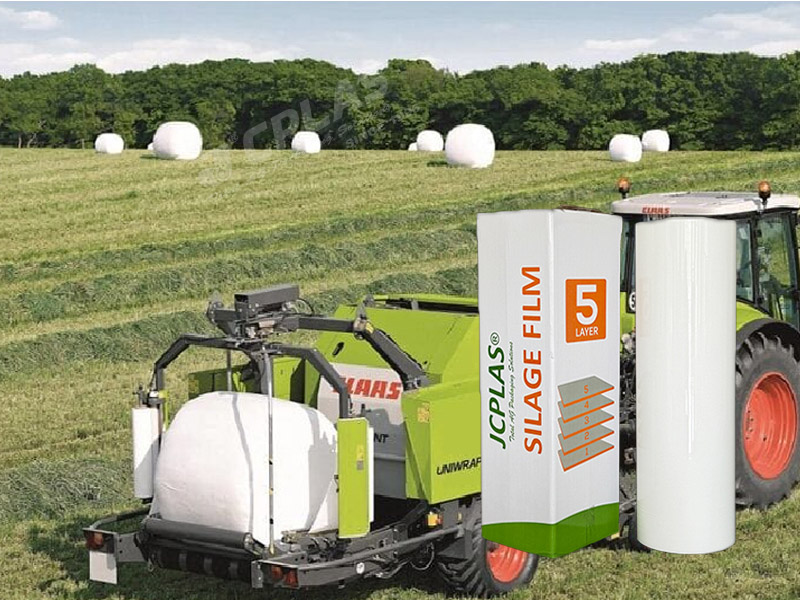The Science of Bale Net Wrap in Silage Preservation
Baled silage, a cornerstone of modern livestock nutrition, relies heavily on oxygen-free environments to promote lactic acid fermentation and prevent spoilage. Bale Net wrap—a durable, mesh-like material—secures bales while enabling critical airflow management. Unlike traditional twine, its design minimizes physical damage to protective films and maintains consistent pressure during storage. However, its efficacy hinges on two non-negotiable factors: optimal wrapping layers and precise moisture control.
1. Wrapping Layers: Balance Protection and Cost
Research on alfalfa silage demonstrated that inadequate layers compromise preservation:
💡 Practical Tip: For long-term storage (>6 months), prioritize 4 layers minimum to counteract film degradation. Short-term storage (2 months) permits 4 layers even at low moisture (20%).
2. Moisture Content: Tailor to Forage Type
3. Storage Conditions: Avoid Common Pitfalls
1. Layer Strategy:
o Standard: 4 layers (cost-effective and robust).
o Long-term/Coarse Forage: 6 layers or 2+2 reversal method.
2. Moisture Testing:
o Use probes pre-baling and account for post-baling "sweat" (allow 1 week for stabilization).
3. Net Wrap Selection:
o High-tensile, UV-resistant wraps with 50% overlap during application.
4. Storage Protocol:
o Stack bales vertically, avoid ground contact, inspect monthly for net tears.
Economic and Environmental Trade-offs
While 6-layer wraps offer marginal benefits over 4 layers in extreme conditions, they increase costs and plastic waste. Trials confirmed identical fermentation quality between 4 and 6 layers at the same moisture level. Farmers can thus prioritize sustainability without sacrificing silage integrity.
Conclusion: Precision Over Guesswork
Bale net wrap excels only when aligned with science-driven practices:
Ignoring these rules risks nutrient loss, mold, and feed safety issues. As research affirms, "All wrapping treatments produced high-quality silage when moisture and layers were optimized". By marrying empirical data with practical adjustments, farmers can turn net wrap into a silage-preservation power house.
Silage Film is a specialized plastic film used to seal and preserve silage, which is fermented feed used for livestock. It is designed to protect silage from environmental elements like air, moisture, and contaminants, ensuring it stays fresh and maintains its nutritional value.
Silage film is an essential tool for farmers looking to preserve feed quality, reduce waste, and maintain a steady supply of high-quality silage for livestock throughout the year.
